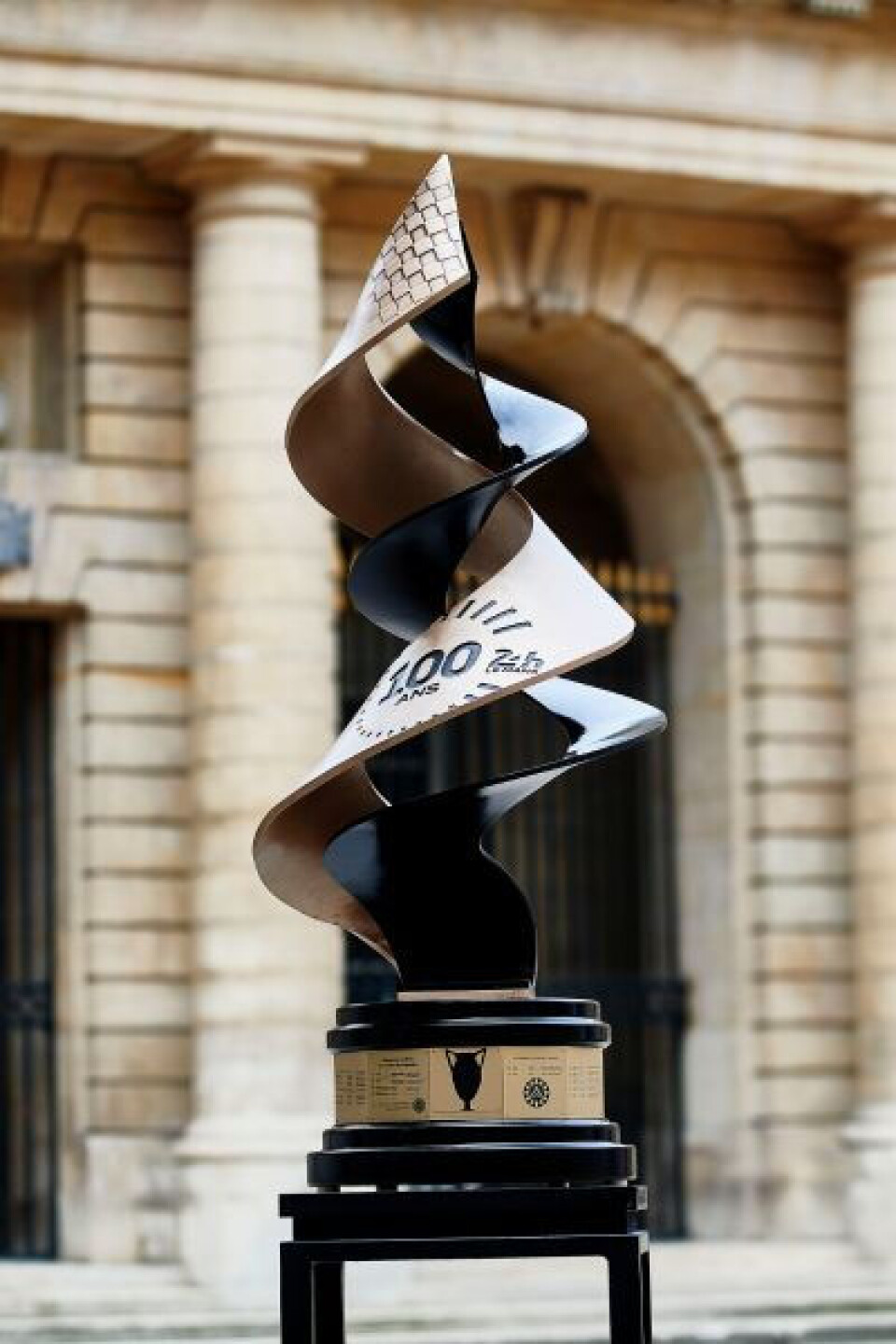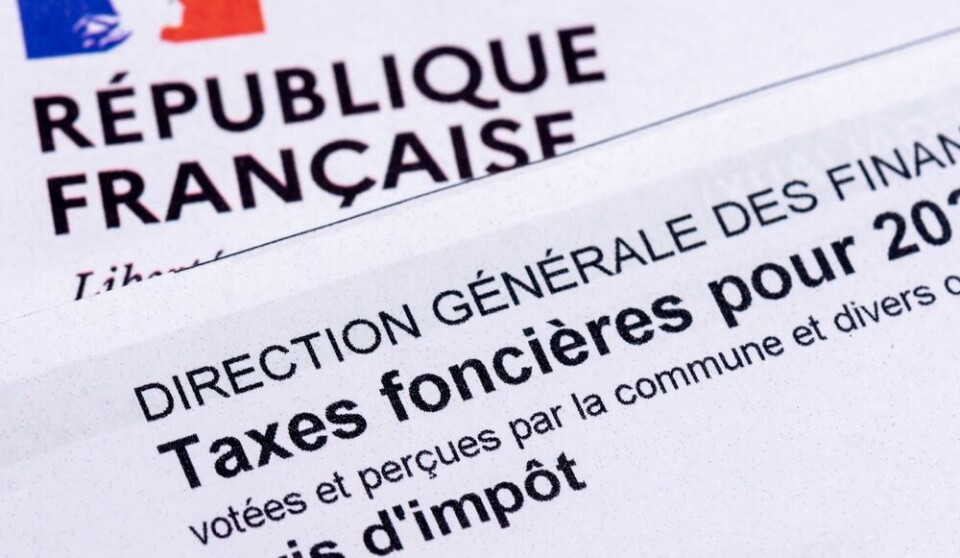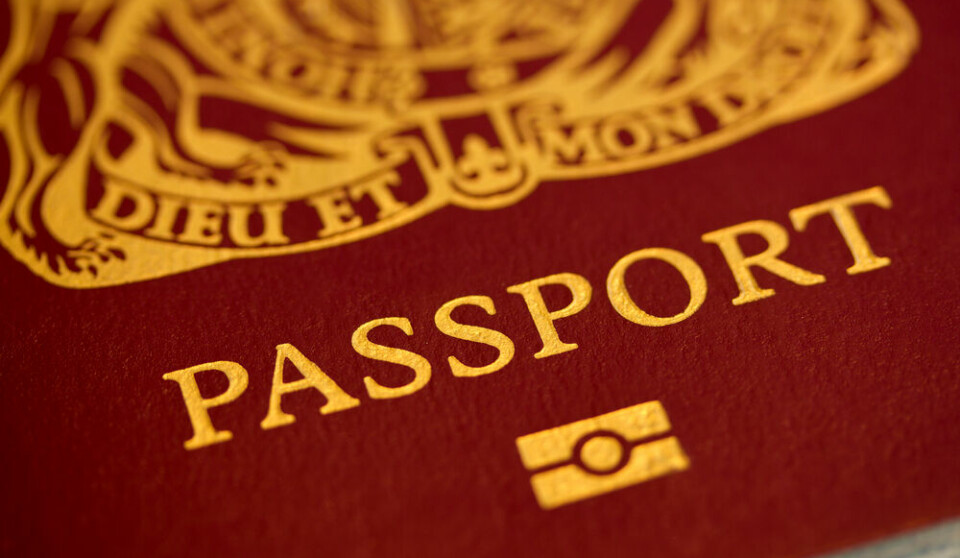-
Meet France's great garden acrobat
With its bright yellow and blue plumage, the Eurasian blue tit is easy to spot in the garden.
-
Petit lapin, coup du lapin: 6 commonly used French rabbit expressions
A potential new penalty for missing a doctor’s appointment has also been nicknamed la taxe lapin - we explain why
-
Full tour of Carcassone’s medieval ramparts to open for the first time
Visitors will be allowed to walk all three kilometres of its historic walls from September
100 years of Le Mans: what makes this French car race so special?
We look back at a century of speed, endurance, and crashes. Plus how to party in Le Mans if you don’t have a race ticket

Some 300,000 people are expected to attend this month’s 24 Hours of Le Mans endurance race – a celebratory year as it marks the 100th anniversary of the first event in 1923.
Tickets had sold out by last December, with attendance expected to break the record of 263,500 set in 2015.
Residents of the local Sarthe department were the last to know if they would be able to attend, with a number of tickets reserved for them.
The names of people who could buy the last tickets were drawn out of a hat in late April.
More than 50,000 Britons usually make the trip to Pays de la Loire for the occasion.
See all the cars in the city centre
Due to be held on June 10 and 11, the race will see a return of pre-race car inspections being carried out in Le Mans city centre.
A special 1.5-metre-high trophy has been made out of bronze for the anniversary race by Monnaie de Paris, the institution responsible for all of France’s coins.
Weighing 70kg, the trophy will be awarded to the winning team. The drivers will receive smaller, traditional silver trophies.

Photo: 1.5-metre-high centenary trophy weighs 70kg; Credit: Monnaie de Paris
Big screens for non-ticket holders
A number of events are planned to celebrate the centenary, including a special exhibition at the 24 Hours of Le Mans Museum from June 1 to July 2 featuring 86 cars that have participated in the race, including 65 winners.
Concerts, autograph sessions and film screenings will also feature in the celebrations, with local authorities holding events throughout the department.
Even the city’s trams have had a makeover to celebrate.
For those without a ticket, parts of the race, the concerts and the centenary show will be broadcast on two big screens in the city centre – Place de la République and Place des Jacobins.
Fastest speed clocked was 405km/h in 1988
The 24 Hours of Le Mans is one of the most famous motor races in the world, along with the Monaco Grand Prix and the Indianapolis 500.
The race is unique, with a track that is particularly long – now measuring 13.6km – using some of the public roads (closed for the race!) just outside of Le Mans.
In the past, it saw some of the fastest racing cars in the world, with French driver Roger Dorchy being clocked at 405km/h in a Peugeot in 1988 before the organisers changed the course and put a chicane in what had been a long straight.
Now most of the cars in the top category reach speeds of around 360km/h.
Worst accident in motorsport history
Although this year marks the event’s 100th anniversary, it will not be the 100th time it has been held. The race has been cancelled on 10 occasions since 1923: in 1936, due to a general strike and political unrest, and between 1940 and 1948, due to World War Two.
It has also been postponed four times, including due to the May 1968 protests and the Covid pandemic.
In 1955, Le Mans witnessed the worst accident in motorsport history when 83 spectators were killed and 180 injured in Pierre Levegh’s fatal crash as his Mercedes collided with an embankment and burst into flames.
The race was allowed to continue, but the tragedy did result in improvements to safety standards.
Mercedes-Benz withdrew from all motor racing at the end of the season, not to return until 1987.
Inventions go mainstream
The 24 Hours of Le Mans is known as a testing ground for technical innovations, many of which would later be applied to mass-market vehicles.
Fog lamps made their first appearance at the race in 1926, and in 1953 Jaguar won while pioneering the use of disc brakes, a solution originally developed for landing planes on aircraft carriers.
There are plans to introduce a hydrogen category, although the initial target of 2024 has now been pushed back to 2026.
Read more: New Hypercar class debuts at French 24 Hours of Le Mans race
For decades, the race was also known for the ‘Le Mans-style start’, where drivers lined up on one side of the track and had to run to their cars on the opposite side when the flag was lowered.
This was abandoned in 1970 due to safety concerns.
What are the rules?
Le Mans features cars specially designed for the world endurance circuit racing alongside amateur teams that use older cars.
Winners in each category are decided by the number of kilometres each car has driven during the 24 hours, usually starting at 16:00 on the Saturday (it used to be 15:00), meaning teams race through the night.
Most teams have three drivers working in shifts, although the safety rules do allow for two drivers, as long as they follow a schedule of how long they can drive for.
The race is famous for its parties and all-night funfair, with many fans taking tents and camping.
It can be difficult sleeping in a tent with the noise of the race, loud music and often drunk revellers, some of whom reportedly go through the whole weekend without seeing a racing car.
Related articles
‘Our London to Paris Electric Vehicle Rally dismisses range anxiety’
How do I get a French Crit’Air sticker for foreign classic car?
Le Havre, Le Mans: How do these French place names work with à or de?






















